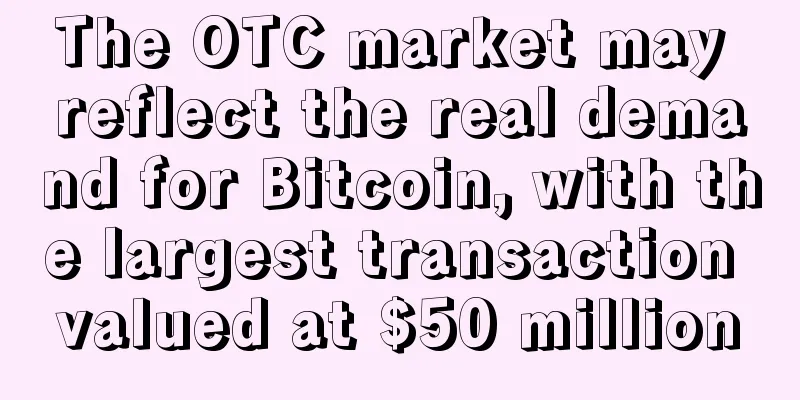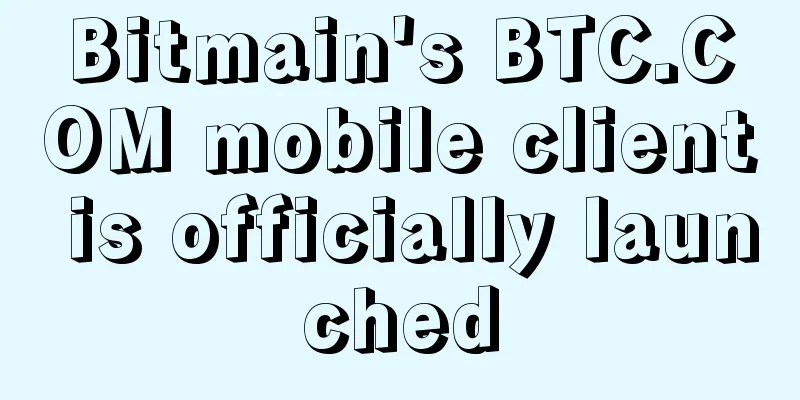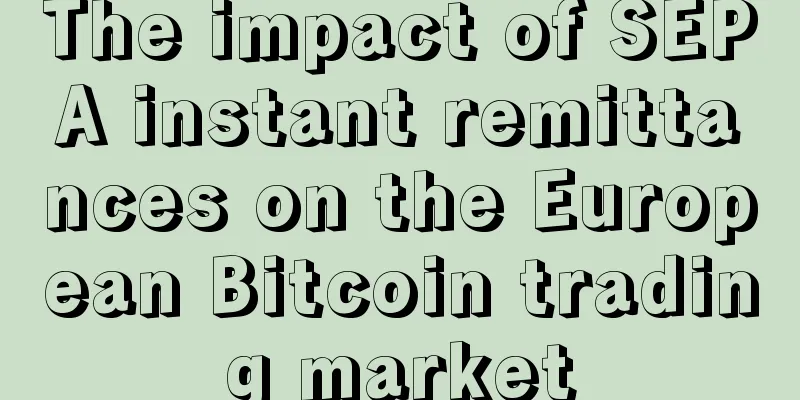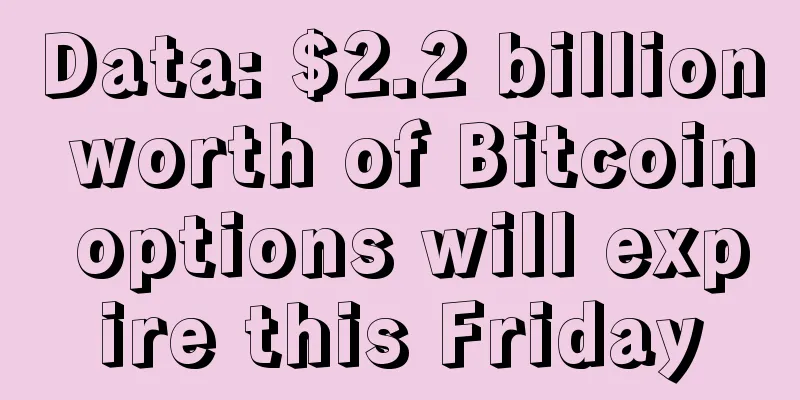The OTC market may reflect the real demand for Bitcoin, with the largest transaction valued at $50 million

|
How will the world's financial elite diversify their assets in light of Brexit? The big question on every fund manager and their clients' minds this weekend was:
One of the key themes in a previous article I wrote in 2014 was that the Bitcoin exchange infrastructure was not yet in place for the average person on the street. To summarize the content of the previous article (dated March 31, 2014), entitled "Finding Balance":
In my blog post two months ago, I pointed out:
In that article, I did not mention what was happening in the over-the-counter (OTC) markets. The OTC market continues to grow, and there are an estimated 10-15 official OTC brokers, of which 3-4 are well-known and trustworthy, such as Harry Yeh of Binary Finance. In the case of LocalBitcoins, they handle small transactions, but there are also many exchanges that facilitate large OTC transactions. Before writing this article, I did some background research, contacted several OTC traders, and gathered these data points: In the OTC market, the largest trade I could find so far was worth about $50 million . For trades of this size, orders are processed in batches. The broker usually divides them into 6,000–8,000 BTC to prevent the market price from moving up. He will match the buyer and seller and then transfer the balance of the account. According to my sources, the number of buyers in the OTC market has increased by 66% this year, while the number of sellers has increased by 33%, but since Brexit last week, more buyers have entered the OTC market, which at this point will not have a big impact on the Bitcoin market price. The core point of this article is that the trading volume of Bitcoin exchanges does not represent the real market of Bitcoin demand and supply. In addition, many transactions on the exchange market are just arbitrage transactions back and forth, which are not actually real demand (such as for buying and holding), so the trading volume of exchanges is usually seriously exaggerated. For example, I can use $10,000 to make dozens or even hundreds of transactions a day with a robot, but these transactions do not actually make much sense, but it greatly inflates the trading volume on the exchange. The wild swings in the price of Bitcoin this week have given me a lot to think about, and taught me that using the trading data on Bitcoin exchanges, while a little bit useful, doesn’t tell me the full picture of the supply/demand basis of the entire market. And the new, high-asset group, they don’t buy Bitcoin through Bitcoin exchanges, but look for brokers to buy it. Technically, if I want to buy $50 million worth of Bitcoin, what stops me from shorting the market with $2-5 million, forcing the price down, and then buying $50 million worth of Bitcoin from OTC dealers with panicked customers? Market manipulation, while unlikely, is entirely possible in thin trading conditions. When the Bitcoin price and market are large enough and its market liquidity is stronger, 10,000 BTC transactions (enough for an OTC batch transaction) will not significantly drive the market price. Taken together, this means that there may still be a lot of money from the global financial elite sitting on the sidelines, waiting for the right time to move in, in light of Brexit and other global political events. The latest Bloomberg article simply proves my point, but what they fail to notice is that 1% of them are not using exchanges… |
<<: US Bitcoin company Circle receives $60 million investment from Chinese investors
>>: ‘Hackers’ become the new lawyers, finding and patching smart contract security holes
Recommend
Is a woman with a mole in her philtrum lucky? The relationship between a woman's mole in her philtrum and her fortune
The philtrum is a very important acupuncture poin...
How to read the marriage line on women's palm
In palmistry, the marriage line is also called th...
One Land Rover a day! It is said that Ethereum miners are making a fortune...
Recently, Ethereum miners are very excited, not o...
Facial features of a woman with great fortune
The facial features of a woman with great fortune...
Fortune in the palm
If the Jupiter Hill is well developed and the com...
Is it good to have a mole on the left side of the forehead? What does it mean?
Moles on the face will affect a woman's desti...
Palmistry Diagram: Wealth Lines
Palmistry Diagram: Wealth Lines Wealth lines: On ...
Analysis of the facial features of women who have a hard life
As one of the traditional physiognomy techniques, ...
Men with these facial features are likely to kidnap children
A person's facial features not only determine...
Justin Sun’s open letter: Establishing TRON DAO Reserve and issuing stablecoin USDD
Original article: Justin Sun Compiled by: Zeqi YI...
Women whose husbands are prone to cheating
Women whose husbands are prone to cheating In the...
The world's richest Chinese wanderer has no house or car
"CZ may not come to the scene. I heard that ...
What should I wear to solve the problem of bitterness?
What should I wear to solve the problem of bitter...
The facial features that indicate imprisonment
The facial features that indicate imprisonment Af...
Zhouyi's facial features of women who bring prosperity to their husbands, and what kind of women's facial features bring prosperity to their husbands
A harmonious family is the key to success. A virt...









